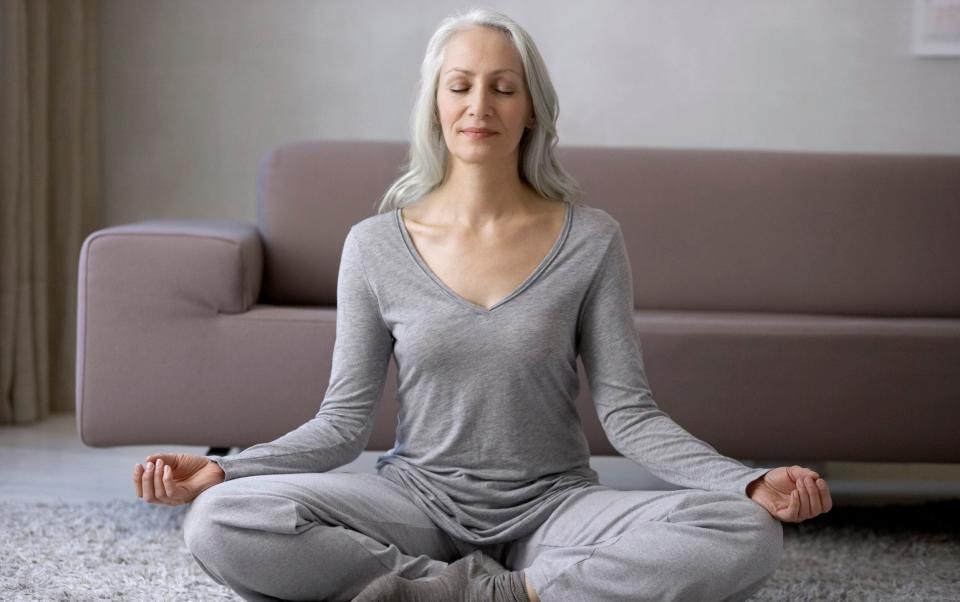Men and women are happiest with their bodies after hitting 60

Satisfaction with size, shape and appearance gradually increases as people age, with our latter years characterised by the highest levels of self-assurance, according to data from more than 15,000 people.
While women aged between 19 and 24 were prone to being unhappy with their bodies, they were much more content with how they looked when they reached 60, the research showed.
Similarly, men suffered a dip in self-confidence between 29 and 34 years old, and between 44 and 49. But their self-esteem began to rise as they approached their 60th birthday and continued to increase afterwards.
Attitudes towards beauty ideals are at the crux of our changing perception of how good we look during our lifetimes, according to the researchers.
Pressure on men and women to achieve the perfect body is thought to be behind their dips in self-confidence. This pressure and its impact on their self-esteem dissipates when they mature, as they start to see their health as more important than how they look.
Body function over appearance
“These results are also consistent with theoretical work suggesting that women place less importance on evaluating the appearance of their bodies as they age, and that older adults may value body function over body appearance,” the study said.
“It is possible that such body-related perceptual shifts may gradually occur across the female lifespan, and in turn buffer against the impact of the damaging thin and youthful ideals upheld within Western cultures to enable enhanced body image as women age. The current study supports the idea that the pressures women face may lessen over time.
“Similarly to their female peers, ageing men may value body functionality over body appearance, which in turn may buffer against appearance dissatisfaction.”
Rapidly evolving beauty ideals meant it was difficult for women to feel content with their appearance when they were younger, the study said.
“The weights of contestants and winners of an American beauty pageant were found to persistently decline between 1958 and 1988,” it reads.
“Similarly, Playboy centerfold models became increasingly slender between 1959 and 1988.
“In more recent years, a third appearance ideal has also become increasingly prominent across Western cultures: the fit ideal. The fit ideal encompasses a physique that is very thin, yet also muscular.
“Thus, women are increasingly exposed to excessively thin, toned and youthful portrayals of other women in mainstream and social media – a depiction that is arguably further removed from the average woman than ever before.”
Unrealistic expectations on looks
Men were also exposed to “sociocultural appearance ideals” which impacted their self-esteem in their earlier years, the researchers said.
“The mesomorphic ideal (or muscular ideal) encompasses a shape characterised by a slim waist and muscular chest, shoulders and arms,” the study reads.
“Evidence suggests that the masculine body ideal has become increasingly muscular over time.”
Previous research into action figures showed that they had become so large in recent years that they “exceed the muscularity of even the largest human bodybuilders of the era”, the study said.
Researchers from Australia and New Zealand asked 15,264 people aged between 18 and 94 to rate how happy they were with their body image during the six-year period between 2010 and 2015.
Satisfaction was rated on a scale from one to seven. The average rating for women across all age groups was 4.052, while for men it was 4.413.
Increase in body confidence was more dramatic among women as they aged, whereas men tended to have a more positive overall attitude towards their bodies which gradually improved in their latter years.
The researchers said this ran contrary to their prediction that “body dissatisfaction is relatively stable across the female lifespan”.
The study was published in the journal Body Image.

